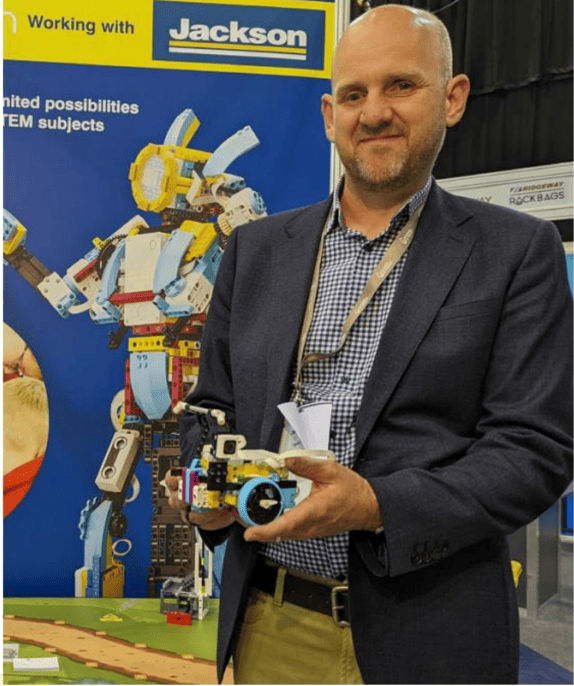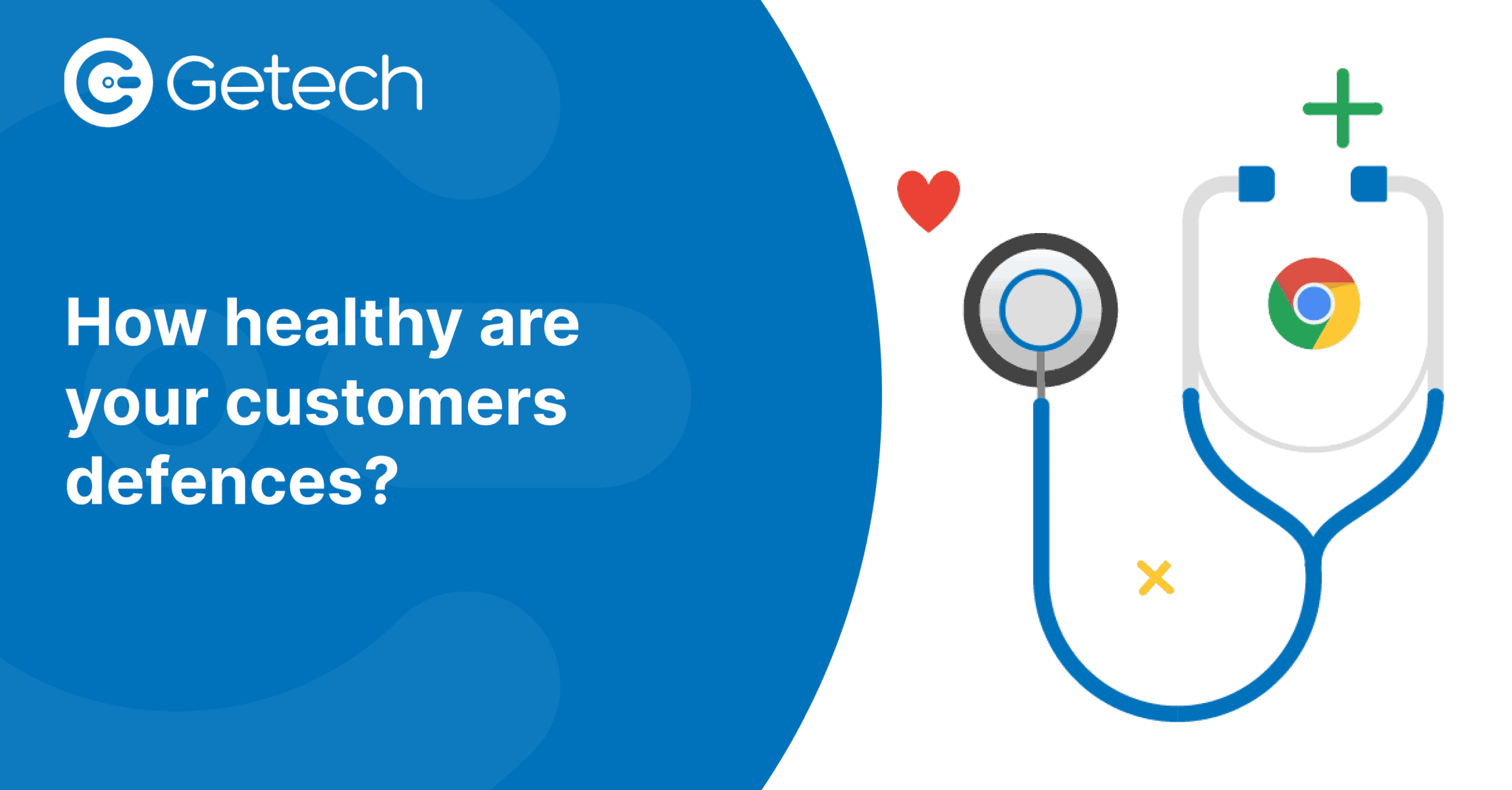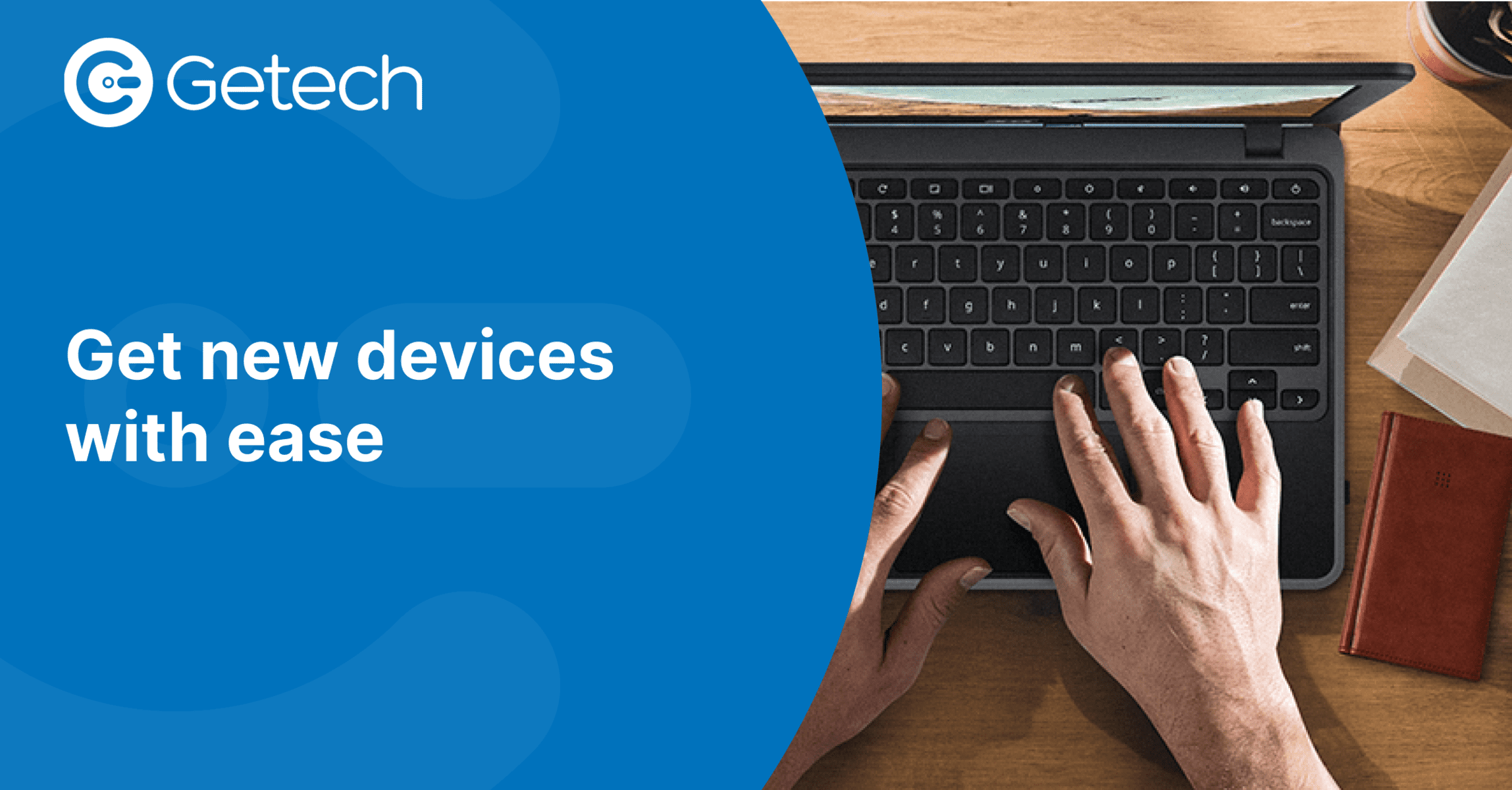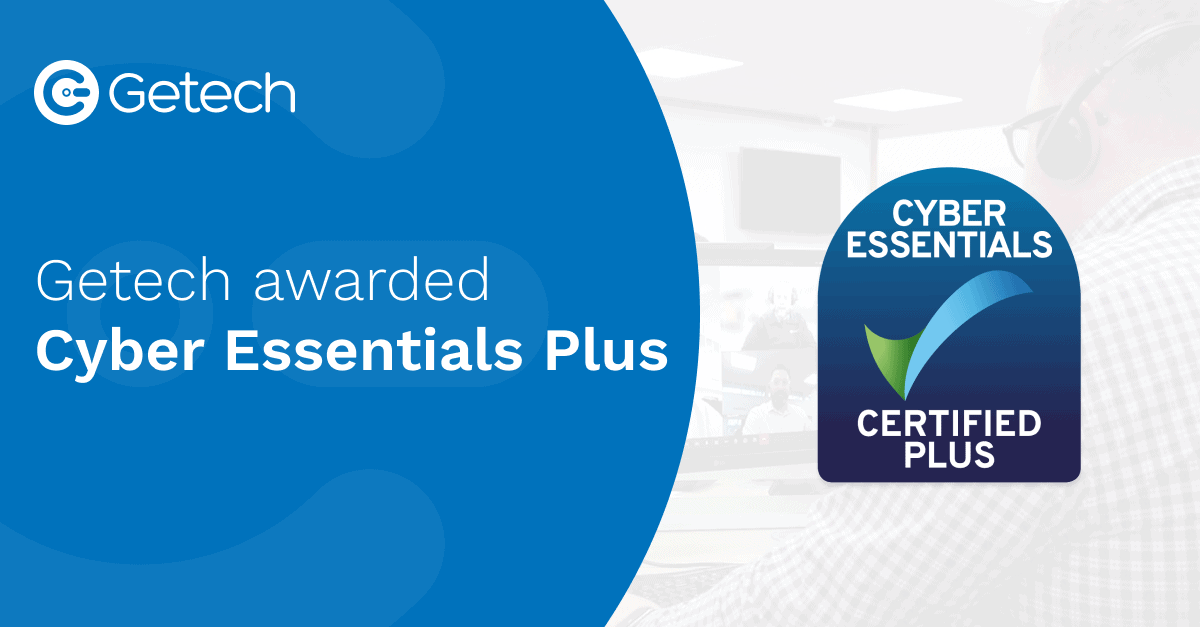Cloud technology and virtualisation have been key factors in driving (as well as enabling) digital transformation in modern business. Systems management has been simplified, enterprise mobility is streamlined, and businesses are able to leverage technology in new ways to improve how they do business. Combined with thin clients, organisations are able to improve their architectures while reducing costs. Here are six ways thin clients can improve your return on investment (ROI).
Tap into the resources you already have
Computers are not as expensive as they used to be, so you might not think there’s much room to save on hardware. But in terms of ROI, you need to consider what you already have.
IT infrastructure is a core element in any business – whether it’s a digital company developing apps or a more traditional retailer selling coffee. While companies invest a fair amount in servers and cloud apps, they often don’t tap the full potential of these servers and services. Many organisations simply underutilise the processing and storage power they have available in the data centre.
Meanwhile, these companies are also provisioning full desktops to users who are checking email and running basic business apps. In fact, some of these business users are logging into service-based apps that are running the workloads on a server.
Thin clients allow you to make better use of the resources already available in your infrastructure. You can deploy thin clients and host applications and virtualised desktops in your data centre. This increases the ROI on the servers you’ve deployed while enabling other savings and improvements discussed here.

Rethink the modern workspace
Offices are shrinking. Cubicle walls are coming down. Employees are spending more time working from home and less time in the office.
Businesses are looking for opportunities to make more efficient use of space, and thin clients enable more flexibility when planning a modern work environment. Thin clients are much smaller than a standard desktop—some, in fact, are just a monitor, keyboard, and mouse. Less desk space is required, which is helpful in an open office layout where workers are sharing tables and desks.
Going a step further, thin clients are ideal for shared workspaces. Since a user’s profile and virtual desktop is stored in the cloud, you can have an environment where employees share computers and workspace. This is especially efficient in a workplace where there are employees who frequently work from home or must travel often. Why spend money on office space and hardware that sits empty and idle?
Stop wasting power
Slim, thin client systems that boast optimised configurations consume a fraction of the power used by their bulkier standard PC counterparts. Thin clients typically have lower-powered processors and run fewer background processes. The savings on a single system might seem slim, but when multiplied across thousands of systems running 40 or more hours a week, the electricity savings can be significant.
Reduce support costs
Deploying a thin client is a simple task. You don’t need to wipe hard drives, install applications locally, configure the user profile, apply patches, and so on. Just plug it in and a new user can log into their environment.
This simplicity removes some of the most time-consuming tasks IT handles. With thin clients, IT doesn’t even need to be physically present. The desktop environment can be configured quickly from an existing snapshot that already contains the necessary apps and settings.
System management is handled remotely on the back end. If someone working on a standard desktop experiences a system crash, desktop support will probably head over to the user to check out the system and do some troubleshooting. This takes time. The support person might need to install new drivers or may apply software updates. This also takes time. They might even need to order a new system, configure it for the user, and attempt to recover data from the failed system. More time!
If a user on a thin client experiences a problem, IT support can refresh the user’s virtual machine. Data has been not been lost since the user’s data is stored in a centralised location. And, if necessary, the user can just use a different thin client to log into their virtual desktop.
Further reducing costs, IT staff can be centralised and located in less expensive office space—possibly even in a remote location. And your IT team can focus on more innovative projects as opposed to putting out fires.
Keep compliant
Businesses must adhere to a variety of regulations regarding security, data protection, and auditing. Thin clients can strictly limit how users access data and where data is stored, ensuring a company is compliant.
Monitoring and auditing can be costly and time-consuming when you’re dealing with data spread across thousands of desktops. When thin clients are accessing virtual desktops, applications, and data, the actual workloads and data remain in the data centre. When everything remains in the data centre (or in a managed cloud environment), monitoring and auditing are easier and more comprehensive. While you can reduce the day-to-day costs associated with monitoring and auditing, there is an even bigger potential saving. This strict control of data can help your organisation avoid any breaches or violations, which can be much pricier in terms of money and reputation.
More than just desktops
Once your company has embraced thin clients and virtual machines, you can deploy new task-specific devices to replace costly solutions. For example, thin client monitors with built-in cameras offer a good, low-profile video conferencing solution for meeting rooms. They are easy to install and manage and provide a simple user experience. LG offers a 38-inch curved ultrawide thin client monitor that’s specifically designed for a thin client environment, with built-in camera, and wireless and Bluetooth connectivity. The large, curved screen boosts productivity because it can display a large amount of information at the same time, and eliminates the hassle of window management that comes with a small monitor or multiple monitors.
Conclusion
IT infrastructure has many costs—some obvious, some less obvious. Thin clients can help an organisation make better use of the resources it already has, helping infrastructure and operations (I&O) teams reduce overall spend.
Transform your customers’ workforce through Virtual Desktop Infrastructure (VDI) with the largest value-added VDI and thin client distributor in the UK. Learn more about our VDI services






